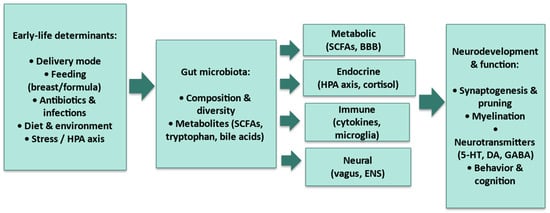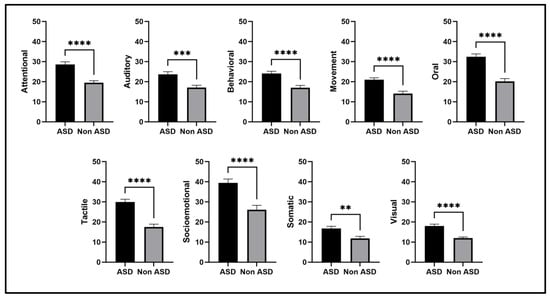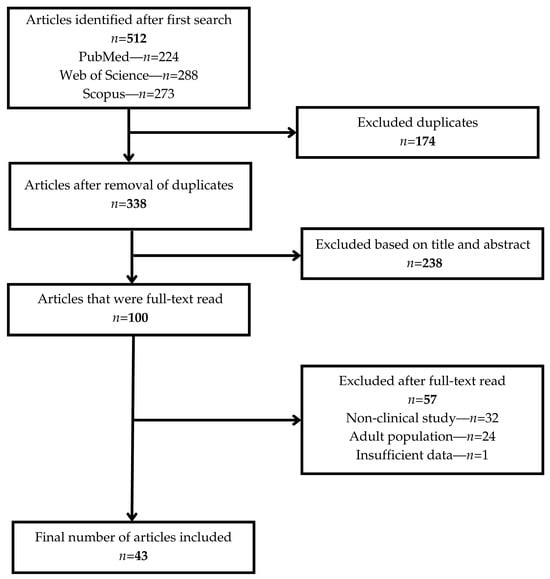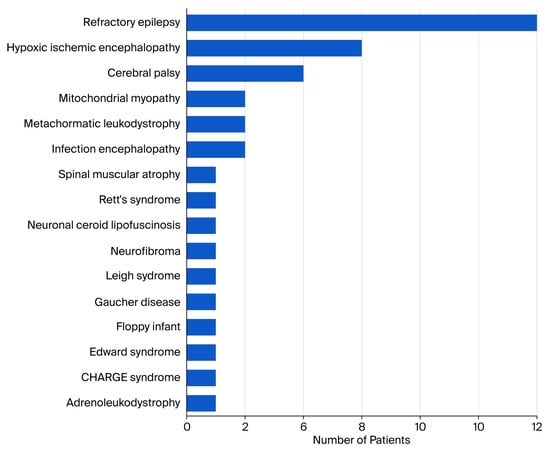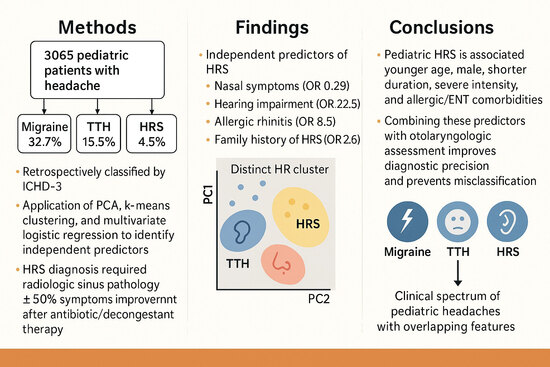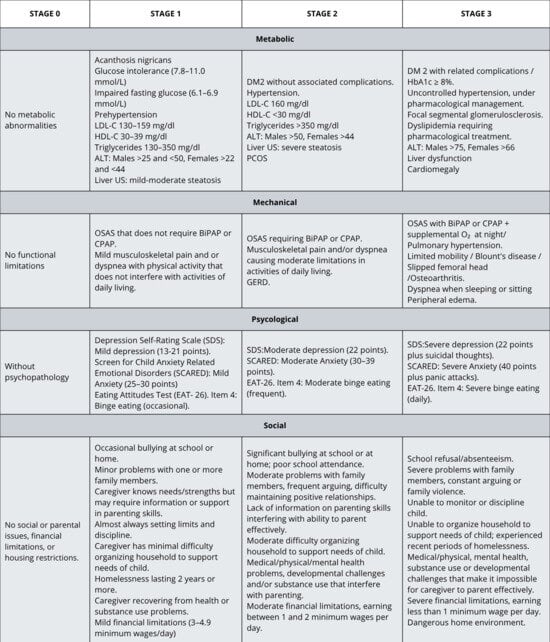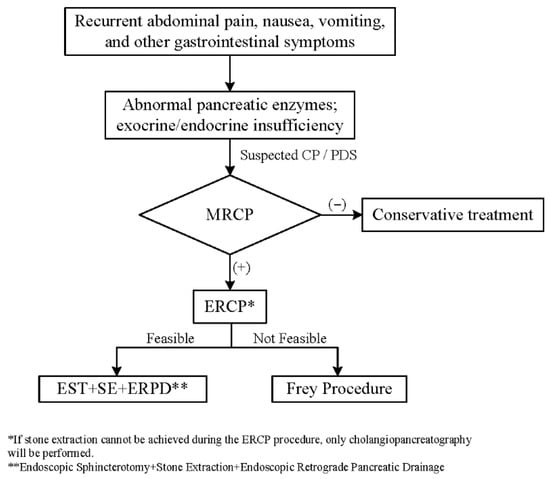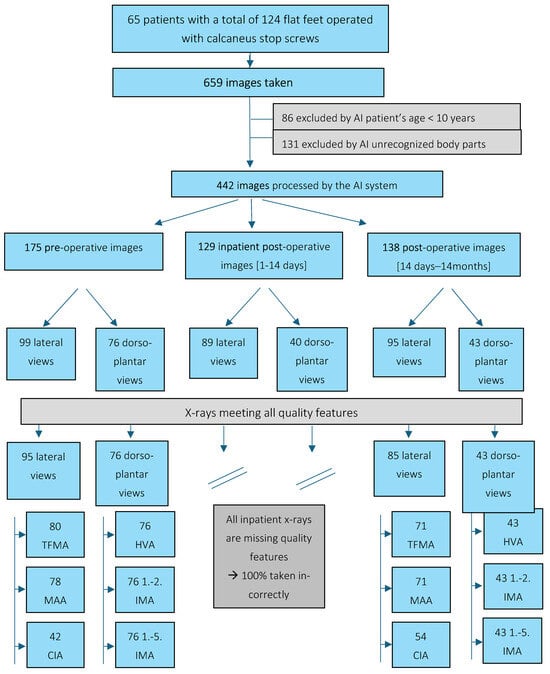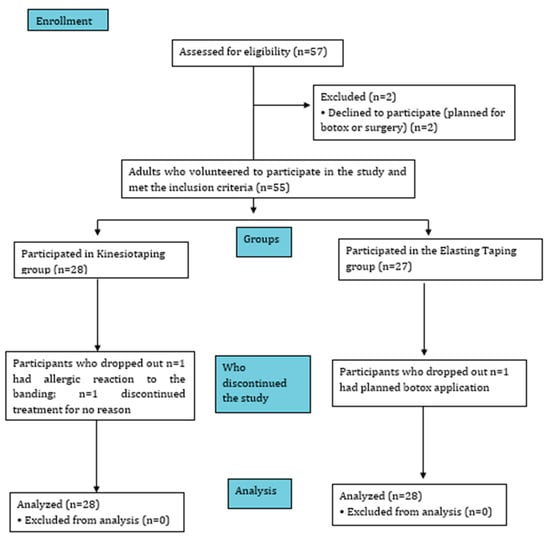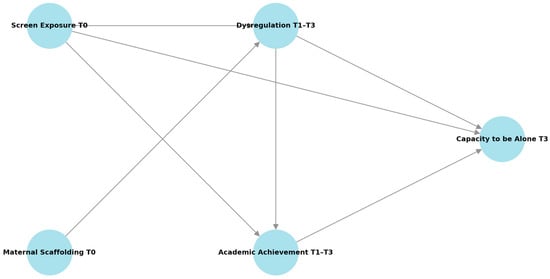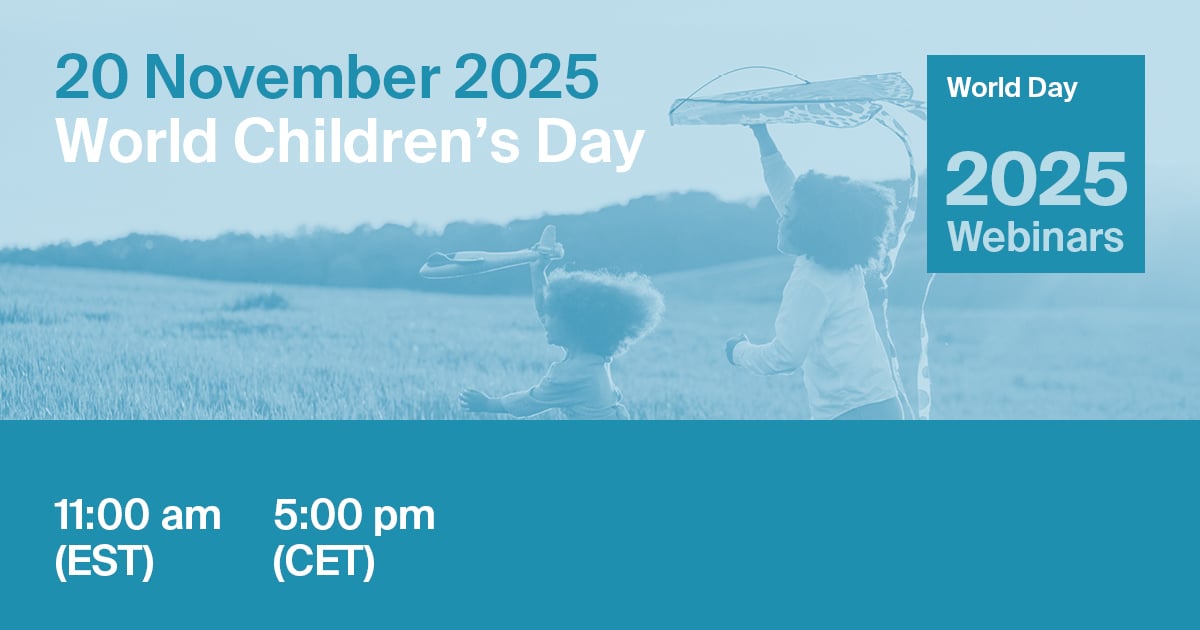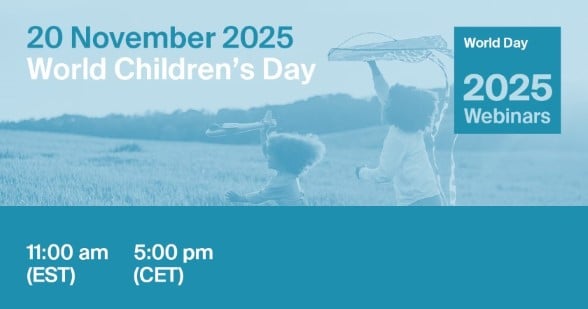-
 The Association Between Skipping Breakfast and Anxiety and Depression in Adolescents—A Scoping Review
The Association Between Skipping Breakfast and Anxiety and Depression in Adolescents—A Scoping Review -
 Three Decades of Managing Pediatric Obstructive Sleep Apnea Syndrome: What’s Old, What’s New
Three Decades of Managing Pediatric Obstructive Sleep Apnea Syndrome: What’s Old, What’s New -
 Chronic Disease in Pediatric Population—A Narrative Review of Psychosocial Dimensions and Strategies for Management
Chronic Disease in Pediatric Population—A Narrative Review of Psychosocial Dimensions and Strategies for Management -
 The Relationship Between Parental Phubbing and Preschoolers’ Behavioral Problems: The Mediation Role of Mindful Attention Awareness
The Relationship Between Parental Phubbing and Preschoolers’ Behavioral Problems: The Mediation Role of Mindful Attention Awareness -
 Beyond the Overlap: Understanding the Empirical Association Between ADHD Symptoms and Executive Function Impairments in Questionnaire-Based Assessments
Beyond the Overlap: Understanding the Empirical Association Between ADHD Symptoms and Executive Function Impairments in Questionnaire-Based Assessments
Journal Description
Children
- Open Access— free for readers, with article processing charges (APC) paid by authors or their institutions.
- High Visibility: indexed within Scopus, SCIE (Web of Science), PubMed, PMC, Embase, and other databases.
- Journal Rank: JCR - Q2 (Pediatrics) / CiteScore - Q2 (Pediatrics, Perinatology and Child Health)
- Rapid Publication: manuscripts are peer-reviewed and a first decision is provided to authors approximately 15.6 days after submission; acceptance to publication is undertaken in 2.4 days (median values for papers published in this journal in the first half of 2025).
- Recognition of Reviewers: reviewers who provide timely, thorough peer-review reports receive vouchers entitling them to a discount on the APC of their next publication in any MDPI journal, in appreciation of the work done.
Latest Articles
E-Mail Alert
News
Topics
Deadline: 30 November 2025
Deadline: 15 December 2025
Deadline: 31 December 2025
Deadline: 30 April 2026
Conferences
Special Issues
Deadline: 20 November 2025
Deadline: 20 November 2025
Deadline: 20 November 2025
Deadline: 20 November 2025





